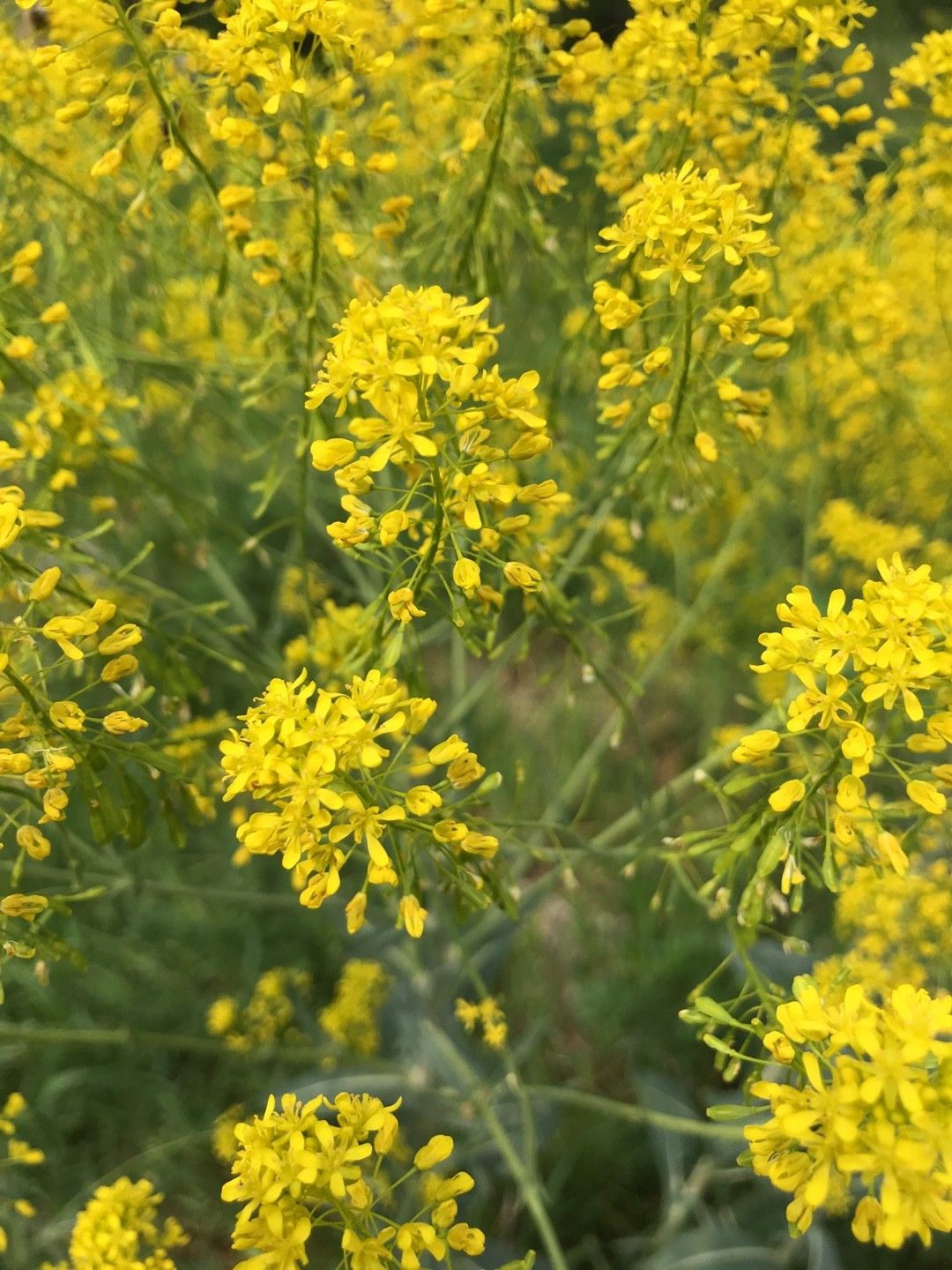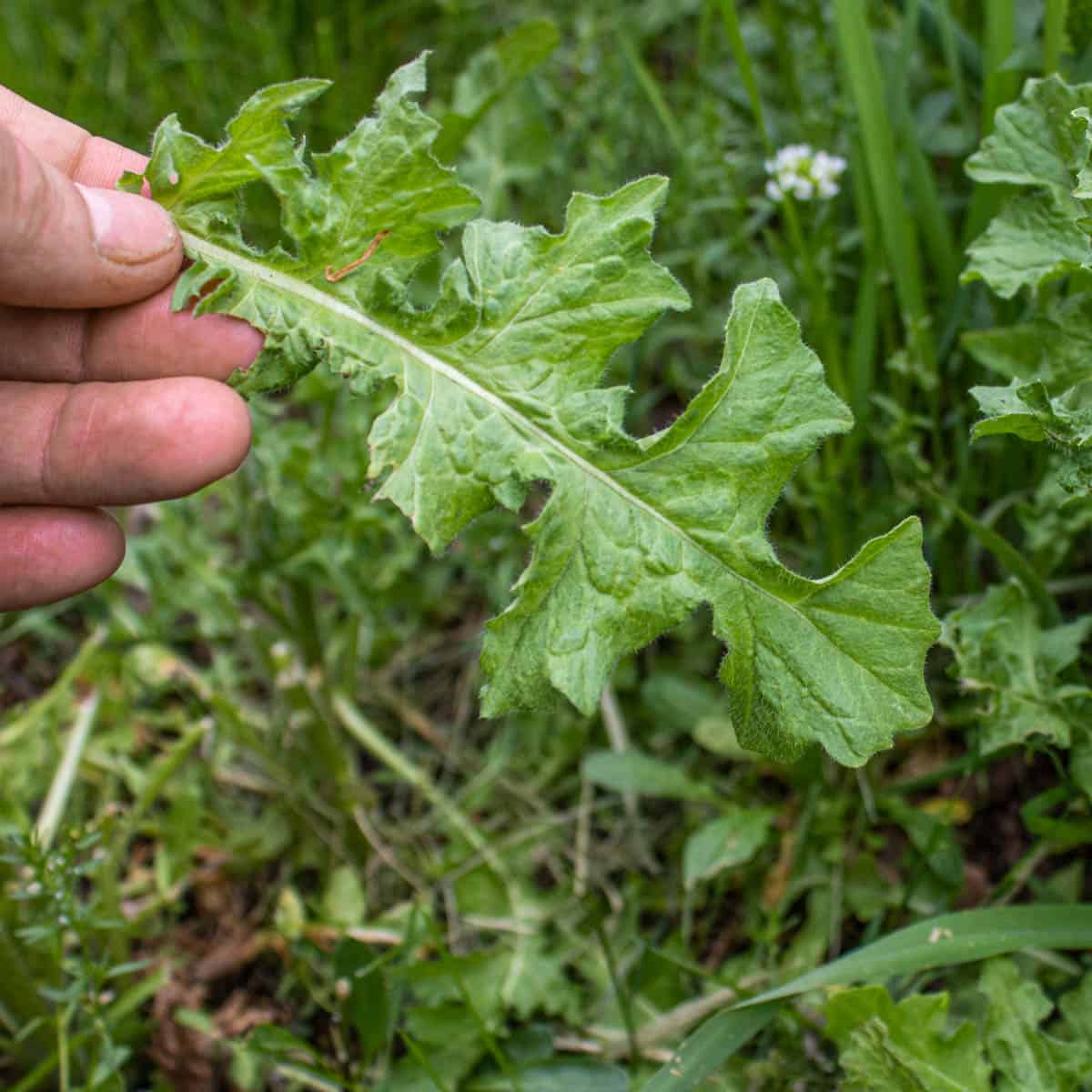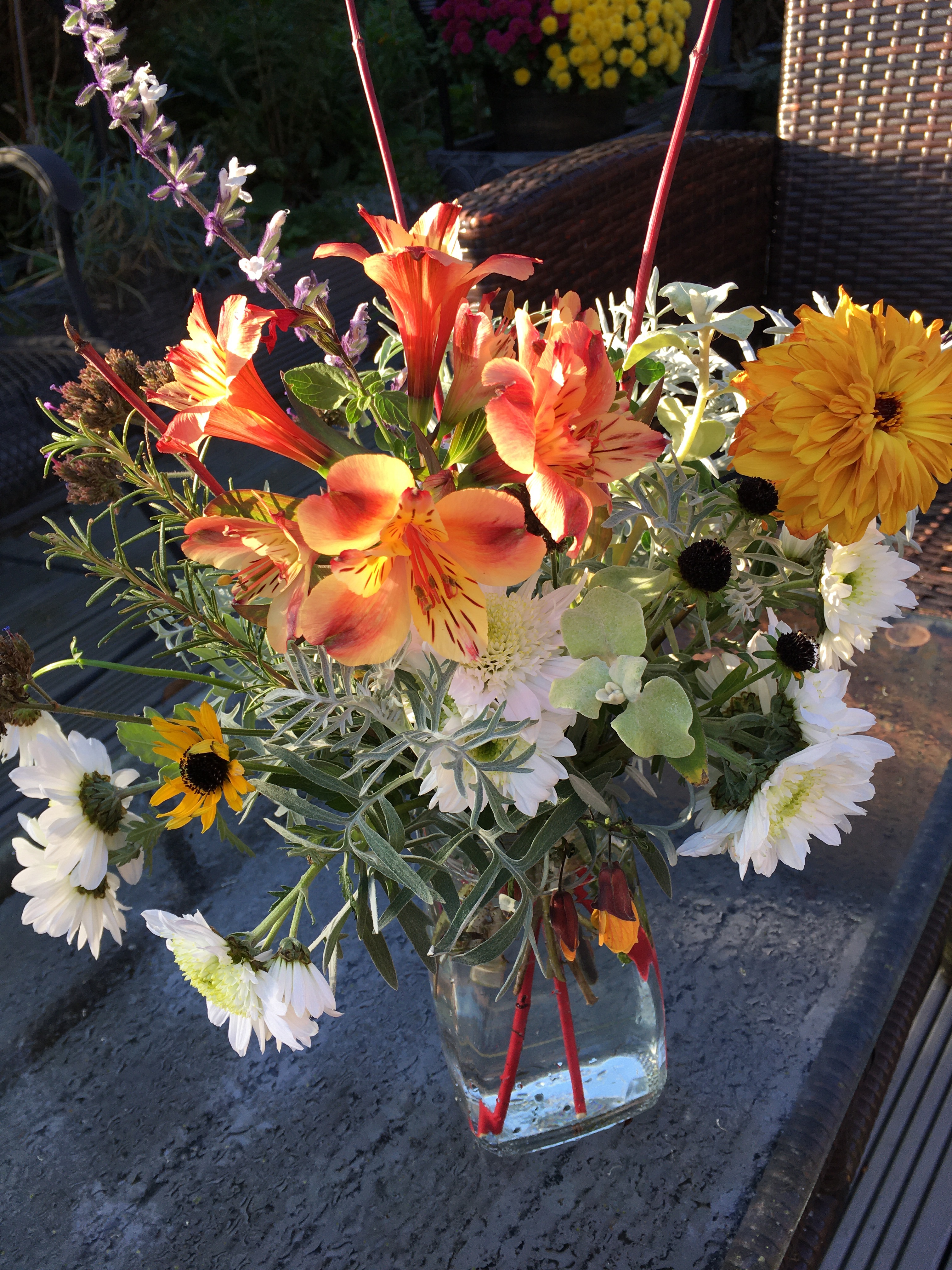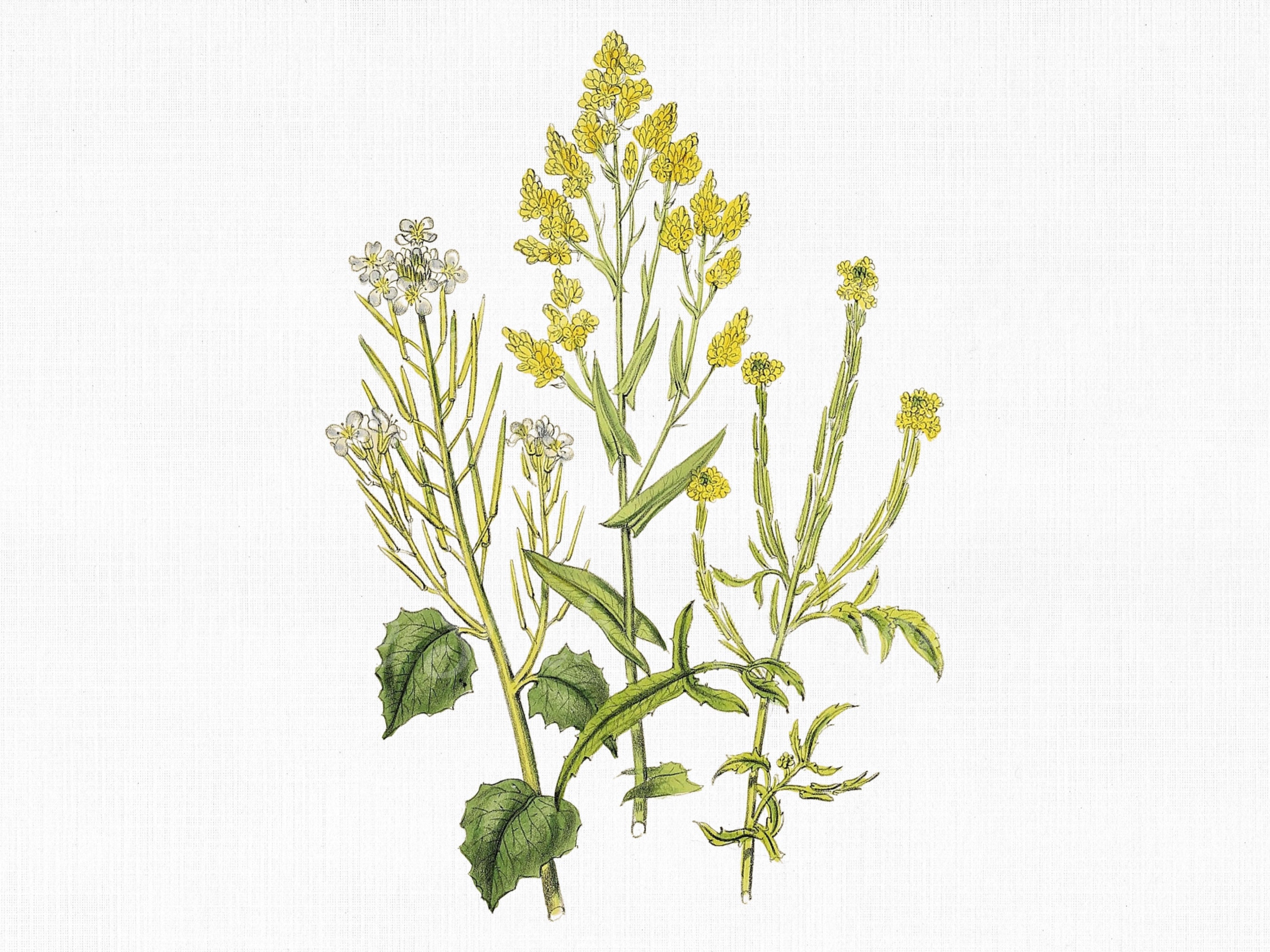How To Grow And Use Hedge Mustard: The Ultimate Guide
Introduction
Hedge mustard is a wild mustard plant that is native to Europe and Asia. It is a hardy plant that can grow in a variety of conditions, making it a popular choice for home gardeners. Hedge mustard has edible leaves, flowers, and seeds, and it can be used in a variety of dishes.
In this blog post, we will discuss how to grow and use hedge mustard. We will cover topics such as:
- Choosing the right location for hedge mustard
- Preparing the soil
- Sowing the seeds
- Caring for hedge mustard plants
- Harvesting hedge mustard
- Using hedge mustard in recipes
Growing Hedge Mustard
Hedge mustard is a relatively easy plant to grow. It prefers full sun and well-drained soil. The soil should be slightly acidic, with a pH of 6.0 to 6.5.
To prepare the soil, you will need to loosen it and add some compost or manure. You can also add some sand to improve drainage.
Hedge mustard seeds can be sown directly in the garden in the spring or fall. Sow the seeds 1/2 inch deep and 1 inch apart.
Water the seeds regularly, and keep the soil moist. The seeds should germinate in 7 to 10 days.
Caring for Hedge Mustard
Hedge mustard plants are relatively low-maintenance. They do not need a lot of fertilizer, but they do benefit from occasional watering.
You should remove any weeds that compete with the hedge mustard plants. You may also want to thin the plants if they are growing too close together.
Harvesting Hedge Mustard
Hedge mustard leaves can be harvested when they are young and tender. The leaves can be used in salads, soups, or stir-fries.
The flowers of hedge mustard can also be eaten. They have a peppery flavor that is similar to watercress.
The seeds of hedge mustard can be harvested when they are brown and dry. The seeds can be ground into a powder and used as a condiment.
Using Hedge Mustard in Recipes
Hedge mustard leaves can be used in a variety of recipes. They are a good addition to salads, soups, and stir-fries.
The flowers of hedge mustard can also be used in recipes. They can be added to salads, sandwiches, or dips.
The seeds of hedge mustard can be ground into a powder and used as a condiment. They can be added to sauces, vinaigrettes, or dips.
Conclusion
Hedge mustard is a versatile and delicious plant that can be used in a variety of dishes. It is a hardy plant that is easy to grow, making it a great choice for home gardeners.
If you are looking for a new addition to your garden, I encourage you to try growing hedge mustard. You won't be disappointed!
If you are interested in learning more about hedge mustard, I recommend visiting Home Gardening. This website provides a comprehensive overview of the plant, including its history, uses, and potential side effects.
FAQ of hedge mustard
Hedge mustard (Sisymbrium officinale) is a plant in the mustard family (Brassicaceae). It is a common weed in Europe, Asia, and Africa. Hedge mustard has yellow flowers and grows to be about 1-2 feet tall. The leaves and stems of hedge mustard can be eaten, but the plant is also used medicinally.
Image of hedge mustard
10 different images of hedge mustard that are free to use:






Post a Comment for "How To Grow And Use Hedge Mustard: The Ultimate Guide"